Yes! For optimal results, you can use the Lumara VISO for up to 20 minutes in the morning and evening, every day. This routine supports skin health, pain relief, and recovery. But like most things, start small, stay consistent, and track your results.
The Sweet Spot: How Long and How Often to Use RLT
For most goals, 3 to 5 sessions per week hits the therapeutic sweet spot.
This frequency gives the body time to respond and rebuild between doses, while maintaining the cellular momentum that drives long-term change.
In terms of results, consistency is key, so find ways to incorporate red light therapy into your daily routine.
Session Duration Based on Area
It’s not just how often you use red light therapy, it’s also how long you apply it to each area.
Time matters, but so does proximity, device power, and tissue depth. Here’s a breakdown of ideal session durations by region:
-
Face: 5-20 minutes. Facial skin is thin, highly vascular, and sensitive. Less is often more here, especially for first-time users or those with pigmentation issues or rosacea.
-
Body (legs, back, abdomen): 20-30 minutes treatments are recommended. These areas require deeper penetration, especially when targeting soreness, circulation, or fat metabolism. Full-body panels like Lumara’s Illuminate Red can help cut total session time by delivering consistent irradiance across wide zones.
-
Joints and injury zones: 20–30 minutes. Lumara’s Illuminate Red Therapy Pads are especially effective here. These LEDs (light-emitting diodes) are spaced 5/8 of an inch apart. This is the optimal LED spacing to create uniform light distribution for the muscles, tendons, and deeper layers of the skin.
A common question is, “Will I lose progress if I skip a few days?” Absolutely not. But this is a routine-driven therapy.
Results compound over time. Missing a session isn’t a failure; it’s just a reminder to keep showing up because red light can deliver miracles in one treatment.
It builds momentum. One dose at a time.
Distance, Dose & Device Power: Why It Changes Everything
Quality red light therapy is all about delivering the right amount of energy to the tissue.
That energy is measured in joules per square centimeter (J/cm²), and it’s what truly determines whether a session is effective, underwhelming, or overdone.
Here’s the science-backed breakdown:
-
Low-intensity devices= sitting longer to get a full dose.
-
High-intensity devices= shorter sessions delivering the same, or even better, results.
For most goals (think: collagen production, acne reduction, skin tone), the optimal dose ranges from 5 to 15 J/cm². Go too low, and the light doesn't penetrate deep enough.
Go too high, and you risk crossing into a range where results flatten out, a classic biphasic dose response.
Sensitive Areas
For deeper issues like joint pain, tendon injuries, or muscle recovery, 15 to 30 J/cm² is ideal.
These tissues require more energy to trigger meaningful change at the cellular level, especially when the goal is to reduce inflammation or restore mitochondrial function.
This is where high-quality devices shine, not just because they’re powerful, but because they give you control.
Knowing your output lets you dial in your timing with precision.
Device Matters, Don’t Trust Wattage Alone
Here’s a hard truth from someone who’s spent years engineering clinical-grade panels: wattage means nothing without context. Bright lights look impressive, but brightness doesn’t equal therapeutic power.
Too many devices on the market flaunt big watt numbers or throw “infrared” on the label without disclosing what really counts: irradiance.
Measured in milliwatts per square centimeter (mW/cm²), it tells you how much energy your skin is actually absorbing. For effective therapy:
-
100–160 mW/cm² is the sweet spot.
-
Below 50 mW/cm² = Expect minimal penetration and underwhelming results.
-
Above 200 mW/cm² = Risk overdoing it fast.
And when it comes to distance, remember this simple rule:
Closer = shorter sessions. Farther = longer sessions.
If your device doesn’t tell you how much power it’s delivering at a specific distance, it’s leaving you in the dark, literally.
Understanding Power: What Your Skin Actually Absorbs
One of the most common questions we hear is “Why do some brands list power in watts and others in mW/cm²?”
Here’s the answer: watts measure how much energy a device consumes. But mW/cm², and ultimately joules/cm², measure what your body receives.
That’s the difference between marketing and medicine.
That’s why every panel at Lumara Systems is engineered around therapeutic benchmarks, not marketing fluff.
Because when it comes to your skin, guesswork isn’t good enough.
Does Complexion Affect Results?
Red light therapy works for all skin tones, but melanin content can affect absorption.
Darker skin may naturally reflect or scatter more of the light, especially at shallower wavelengths. Try slightly longer sessions or closer proximity.
But what matters most isn’t your skin tone, it’s your consistency, your device specs, and how well you tailor your protocol over time.
Watch for Signs of Overuse
Yes, red light therapy is safe. But too much of a good thing can stall your results.
If you notice any of the following, it’s time to dial things back:
-
Redness after sessions that doesn’t fade quickly
-
Overheating of the skin (especially with high-output panels)
-
A “tingly,” tight sensation that lingers hours after treatment
These signs don’t mean RLT is harmful, they’re your body’s way of saying, “Let’s slow down.” Shorten sessions. Increase distance. Fewer sessions per week. You’re still making progress, just in a way your skin and tissues can keep up with.
Eye Protection
If your device emits less than 20 mW/cm² and you’re closing your eyes, short sessions (under 10 mins) are generally considered safe for facial use. However, if you’re using a high-output device (anything over 50 mW/cm²), eye protection is a must, especially when treating areas close to the eyes like the forehead, temples, or cheeks.
Tracking Progress
One of the smartest things new users can do? Track what works.
A simple notebook or phone app can help you dial in a perfect routine by logging:
-
Session length
-
Distance from the device
-
Device settings/wavelengths used
-
How your skin, sleep, or pain responded
Tracking also helps clarify what’s working when results don’t show up overnight. Because red light therapy doesn’t deliver change in a single dose, it builds it.
Many users notice better sleep, calmer moods, and even fewer headaches when doing sessions in the evening. While red light doesn’t stimulate melatonin like blue light does, it does reduce stress, improve circulation, and ease muscle tension, which all contribute to a more restful wind-down.
The bottom line? Start slow. Stay consistent. And trust the process. Like anything worth doing for your health, red light therapy rewards the ones who show up regularly, and listen to their body along the way.
Pro Tips From Lumara Experts
When it comes to red light therapy, the most effective routines don’t come from influencers or flashy product manuals, they come from people who’ve tested, tweaked, and optimized their setup through real-world use.
Here are a few standout strategies that separate casual users from those getting real transformation
-
Use red light therapy in a cool room. This lowers ambient temperatures, enhancing penetration by keeping skin vasoconstricted, allowing photons to dive deeper rather than being absorbed prematurely at the surface. Warm environments, by contrast, cause vasodilation, which can reduce effectiveness.
-
Avoid treatments immediately after a hot shower or sauna. Heat softens the skin and opens pores, but it can also cause premature light scattering and reduce the depth of light delivery. Let your skin return to normal temperature before starting your session.
-
Stack red light with exfoliation or microneedling. These light mechanical treatments remove dead skin cells and create micro-channels, allowing red light to penetrate more effectively. When done right, this pairing can amplify collagen production and improve tone faster than light alone.
-
Prime your skin with an antioxidant before red light therapy. One of our go-to prep steps is applying a green tea toner prior to your session. Studies show that green tea can enhance the effects of red light by reducing oxidative stress and boosting cellular response, making your light work harder, faster, and deeper.
If you follow these three suggestions—prep with an antioxidant, use red light consistently, and track your results, you might think 1 + 1 + 1 = 3. But it doesn’t. It equals 10. That’s the compounding effect of a smart routine. When each step reinforces the next, results don’t just add up, they multiply.
Skin Contact Tips
If the light can’t reach your skin, it can’t do its job. It’s that simple.
-
Always use red light on bare skin. Lotions, sunscreen, and makeup may contain mineral or chemical blockers that reflect or absorb the wavelengths you want entering the tissue. For the most effective treatment, start clean and dry skin.
-
Skip the fabric barrier. Using red light through clothing, even thin or sheer fabric, dramatically reduces energy transmission. Clinical doses require direct skin contact, especially when treating larger body areas like the thighs, abdomen, or back.
-
Avoid leopard spots from uneven LED placement by choosing a high-density, closely spaced device, something every Lumara panel is designed to deliver.
In red light therapy, precision matters.
The difference between decent results and incredible ones often comes down to small tweaks, the kind only learned through experience and engineered into products that put science first.
Avoid These Mistakes
Red light therapy can be incredibly effective, but only when used correctly. While the basics are easy to follow, many users (even well-meaning ones) fall into habits that sabotage their results. Here’s what to steer clear of if you want red light to work, not just look like it’s working.
Don’t Trust the Glow
Just because a panel glows red doesn’t mean it’s delivering a therapeutic dose.
Too many entry-level devices flood the market with flashy lights and vague promises, but what really matters is what’s under the hood.
-
Bright light ≠ therapeutic light. If a device doesn’t list its wavelengths or irradiance, it’s likely underpowered or poorly calibrated.
-
Look for 660 nm (red), one of the most clinically validated wavelengths for collagen, circulation, inflammation, and cellular repair.
-
Make sure the irradiance is at least 100 mW/cm². Without that level of power, your skin and tissues simply won’t absorb enough light to reach the therapeutic threshold.
Don’t Use Through Clothing
This one seems obvious, but it’s one of the most overlooked mistakes in red light therapy:
-
Clothing blocks light. Even thin or light-colored fabrics can drastically reduce the optical power your body needs. Bare skin is non-negotiable. Direct contact ensures maximum absorption and proper dose delivery.
Mistakes are part of the learning curve, but they don’t have to cost you progress. With the right knowledge and the right tools, red light therapy becomes a simple, powerful part of your wellness routine. That’s why Lumara doesn’t just build devices, we build confidence. One session, one wavelength, one win at a time.
The Routine is the Therapy
Red light therapy isn’t about chasing a perfect number or obsessing over the minutes, it’s about creating a routine that works in harmony with your body. When used consistently, with the right dose and wavelength, it becomes more than a treatment. It becomes a daily act of self-repair, resilience, and renewal.
You’re not just treating symptoms, you’re teaching your body to heal better, perform better, feel better.
Whether your goal is clearer skin, reduced pain, deeper sleep, or a sharper mind, the key is showing up for your sessions with intention.
Give it time. Adjust as needed. Track your progress.
With every photon, you’re investing in long-term change. And one day, without even realizing it, you’ll see it in the mirror. You’ll feel it in your joints. You’ll notice it in your energy.
That’s the glow. That’s the payoff.
Explore Clinical-Grade Results with Lumara
If you're ready to ditch the guesswork and finally step into red light therapy that actually works, Lumara’s lineup is built to deliver results, not just hype.
From targeted relief to full-body rejuvenation, each product is engineered with medical-grade wavelengths, optimized irradiance, and real-world durability trusted by professionals.
Whether you’re looking to boost skin health, accelerate recovery, or support your wellness routine—there’s a Lumara solution designed for you:
-
Illuminate Red Panel – Our flagship device for full-face treatment, delivering consistent power and deep therapeutic light.
-
Illuminate Red Therapy Pads – Flexible, high-intensity pads perfect for pain relief, muscle recovery, and targeted inflammation support.
-
Lumara VISO – A face-first powerhouse combining comfort, precision, and beauty-boosting performance for radiant, healthy skin.
Because healing light shouldn’t be a gamble—it should be a guarantee backed by clinical science.
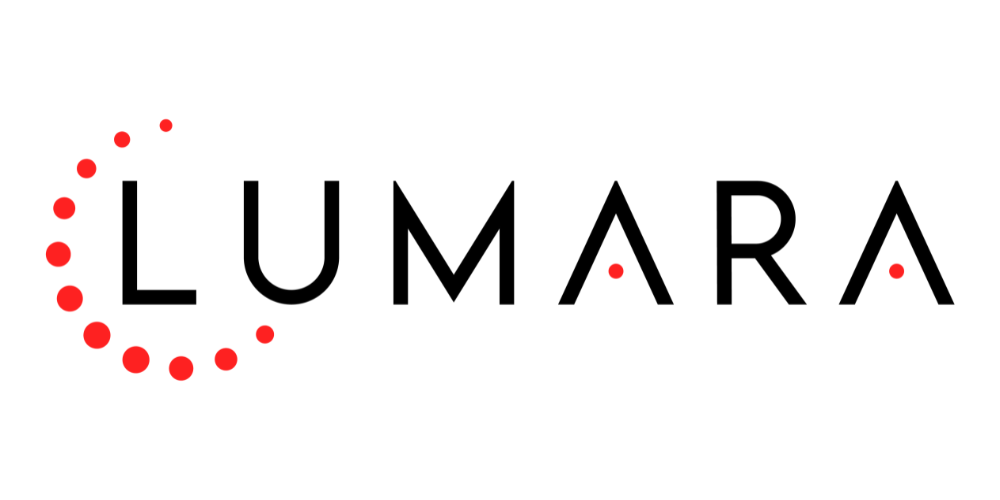
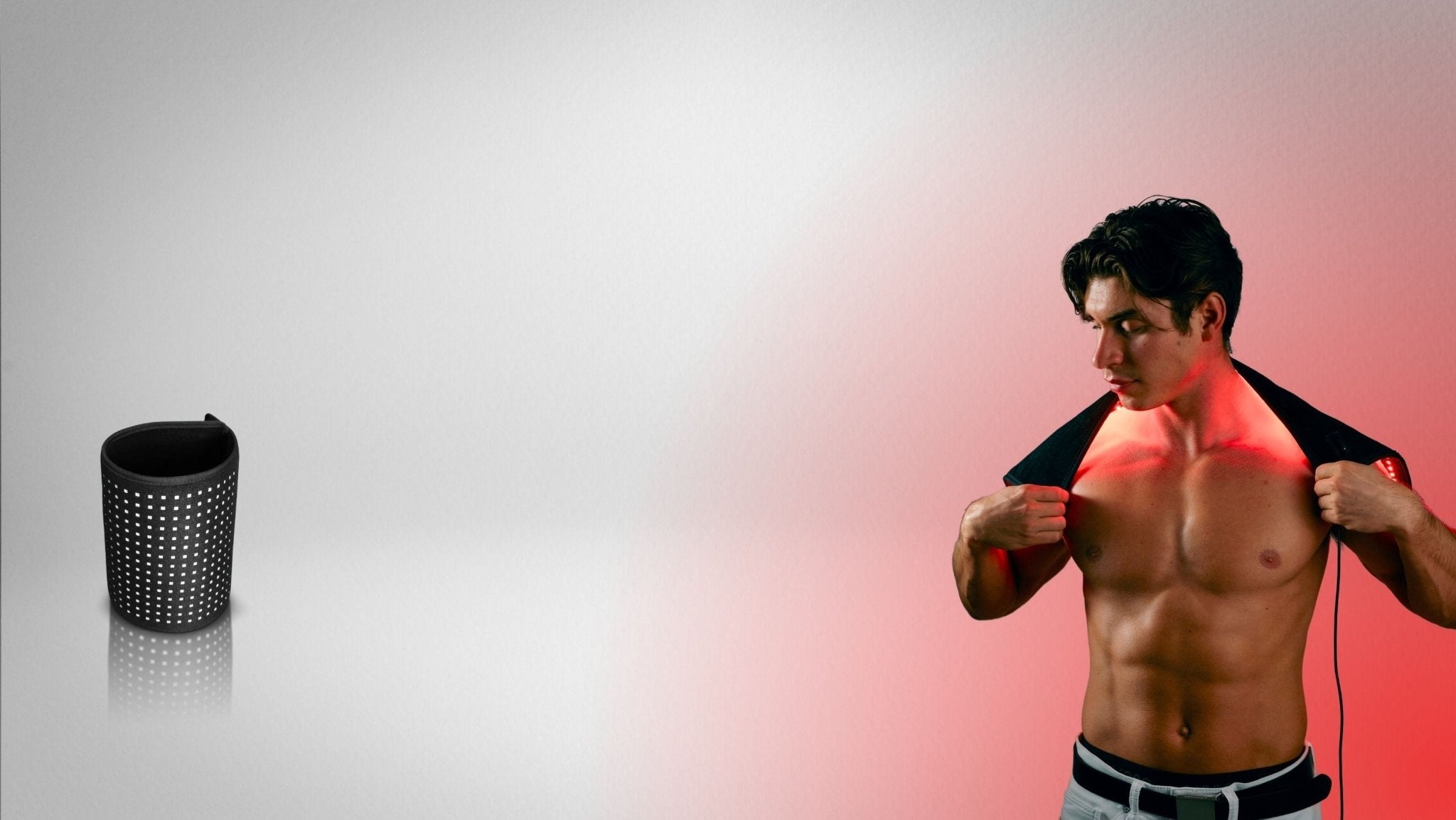
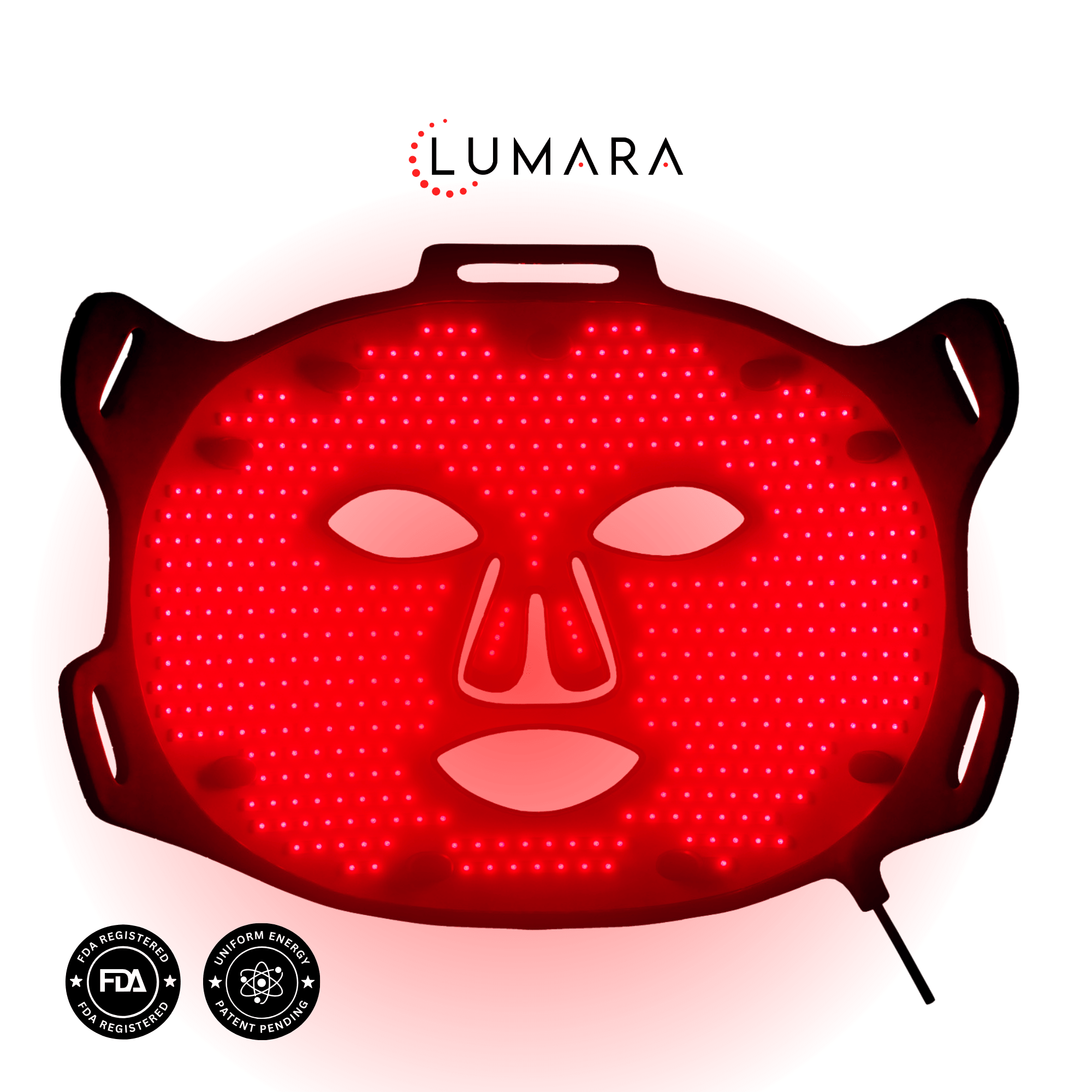

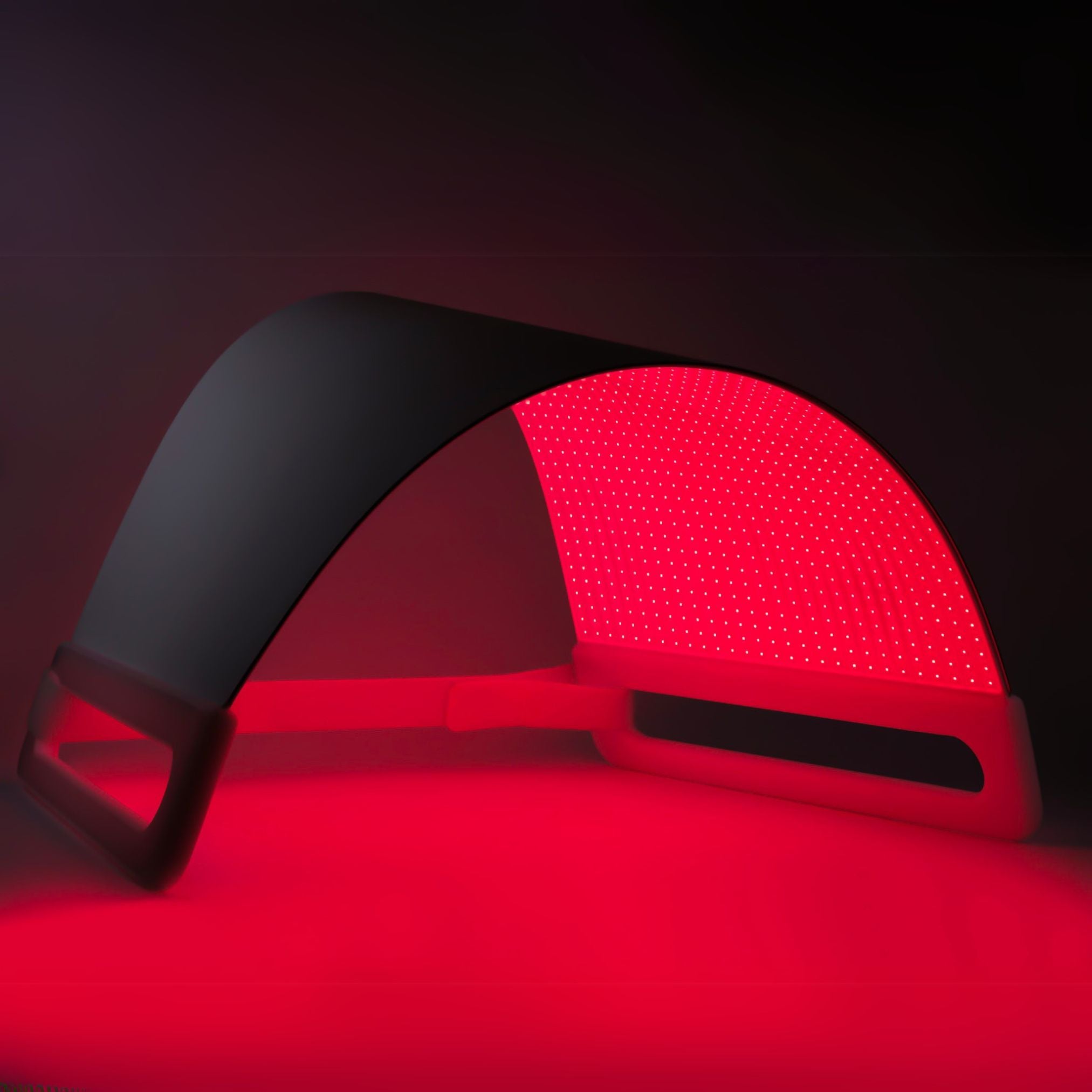
Share:
IlluminateRed1
Red light vs Infrared Light: The Difference And Benefits